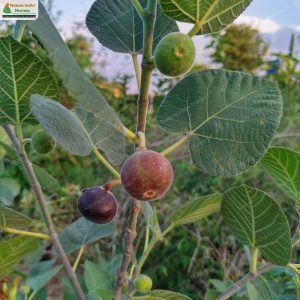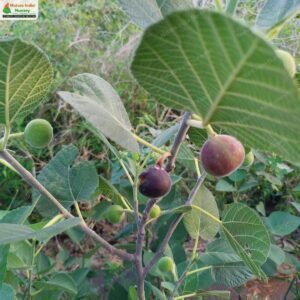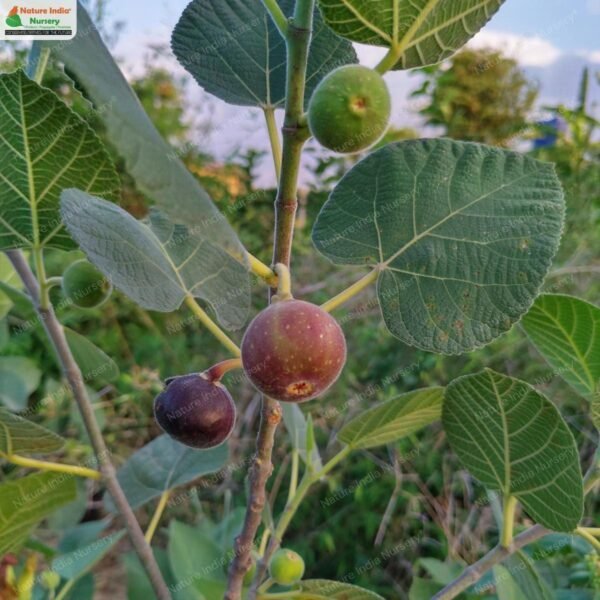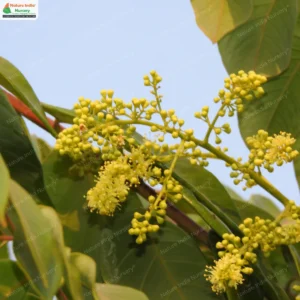Ficus palmata subsp. virgata, also known as the Wild Himalayan Fig, is a subspecies of Ficus palmata that can grow as a shrub or a small tree, reaching up to 10 meters tall. This subspecies is native to a wide range, including the Himalayan region, parts of India, Pakistan, Afghanistan, Iran, and the Arabian Peninsula.
Ficus palmata subsp. virgata is well-adapted to seasonally dry tropical biomes, where it can be found growing in desert or dry shrubland areas. In the Himalayas, it is often found near villages at altitudes of 1,000 to 2,000 meters, where it thrives in the region’s unique climate.
Habitat
Ficus palmata subsp. virgata grows in seasonally dry tropical biomes, often found in desert or dry shrubland areas, and near villages in the Himalayas at altitudes of 1,000 to 2,000 meters.
Planting and Care
-
Light: Prefers full sun to partial shade, with direct sunlight promoting healthy growth.
-
Soil: Requires well-drained soil that retains moisture without becoming waterlogged.
-
Watering: Regular watering is necessary, especially during the growing season, to keep the soil consistently moist but not soggy.
-
Maintenance: Occasional pruning is beneficial to remove dead or damaged branches and maintain the tree’s appearance.
Additional Information
-
Growth Habit: Ficus palmata subsp. virgata can grow as a shrub or a small tree, reaching up to 10 meters tall.
-
Distribution: This subspecies is native to the Himalayan region, parts of India, Pakistan, Afghanistan, Iran, and the Arabian Peninsula.
-
Altitude Range: In the Himalayas, it is often found near villages at altitudes of 1,000 to 2,000 meters.






